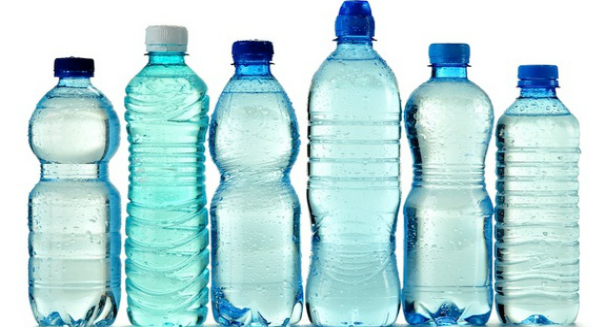-
Tips for becoming a good boxer - November 6, 2020
-
7 expert tips for making your hens night a memorable one - November 6, 2020
-
5 reasons to host your Christmas party on a cruise boat - November 6, 2020
-
What to do when you’re charged with a crime - November 6, 2020
-
Should you get one or multiple dogs? Here’s all you need to know - November 3, 2020
-
A Guide: How to Build Your Very Own Magic Mirror - February 14, 2019
-
Our Top Inspirational Baseball Stars - November 24, 2018
-
Five Tech Tools That Will Help You Turn Your Blog into a Business - November 24, 2018
-
How to Indulge on Vacation without Expanding Your Waist - November 9, 2018
-
5 Strategies for Businesses to Appeal to Today’s Increasingly Mobile-Crazed Customers - November 9, 2018
Phthalates linked to High BP and diabetes in Children
They found that there was a direct correlation between levels of DINP and DIDP in the blood and blood pressure. According to a report from Mother Jones, the chemicals, which are used in hundreds of products including cosmetics, soaps, and plastics, have been connected to increased blood pressure, insulin resistance, and a wide range of other health problems affecting children. DEHP was used as a plasticizer but banned in Europe in 2004 – DINP and DIDP are created to replace it. Perhaps the safer alternatives lie in not using plastics at all.
Advertisement
A new series of studies has linked common household items containing phthalates, such as plastic wrap and processed food containers, to high blood pressure and diabetes in children.
Lead study author Dr. Leonardo Trasande also called for more testing to be done before chemicals are put into products. A previous study by the same group also found an association between increased levels of DINP and insulin resistance. In 2010, the agency sought for approval from the White House to add some endocrine-disrupting chemicals that are commonly found in plastic-among them BPA, phthalates, and a class of compounds known as PBDEs-to its “chemicals of concern” list because it found they “may present an unreasonable risk to human health”.
The investigators said that one in three teens with the highest DINP levels had the highest insulin resistance, while for those with the lowest concentrations of the chemicals, only one in four had insulin resistance. In the United States, manufacturers voluntarily began to replace DEHP with DINP and DIDP over the last decade. Trasande’s research linking hypertension and exposure to DEHP in Americans came out in 2013.
“Alternatives to DIDP and DINP include wax paper and aluminum wrap; indeed, a dietary intervention that introduced fresh foods that were not canned or packaged in plastic reduced phthalate metabolites substantially.”
Study researchers from NYU Langone Medical Center conducted experiments in which they have evaluated blood and urine samples of children and teenagers who took part in the National Health and Nutrition Examination Survey. Urine and blood samples were once again collected from 2008 and 2012 and blood pressure levels were taken.
“Our study adds further concern for the need to test chemicals for toxicity prior to their broad and widespread use, which is not required under current federal (the 1976 toxic Substance Control Act),”, he said in a statement reported by CBS.
Advertisement
People can also limit their exposure to the chemicals by avoiding the use of plastic containers labeled with the numbers 3, 6 or 7, he said. Wash plastic food containers by hand instead of putting them in the dishwasher, where harsh chemicals can increase the transfer of the chemicals into food.





























